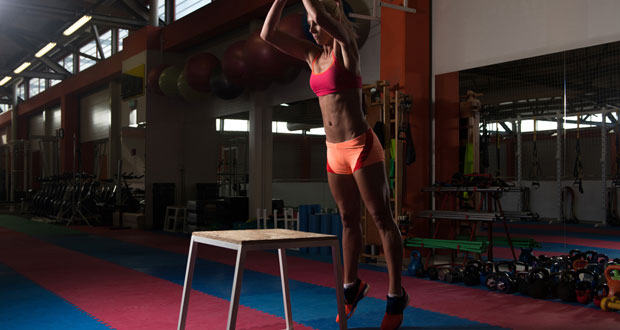As a beginner, one of the most common questions is ‘what sort of shuttlecock should I use?’. Broadly speaking there are two main types of shuttlecock – feathered and plastic. They also tend to come in a variety of different speeds and quality, which may differ further in measurement between brands. Given all of the variables, it is no surprise that deciding what to use can be a daunting decision! Here is a brief guide about the different options, to try and make the process simpler for you.
Feather Shuttlecocks
Feathered shuttlecocks are the choice of all professional-level badminton players. These are made up of 16 feathers (normally goose or duck) attached to a ‘semi-ellipse’ shaped cork. Feather shuttlecocks tend to be quicker than the plastic alternative and have a much more consistent flight. The main disadvantage of feather shuttlecocks is the lack of durability. Each shuttle may only last one game, or sometimes even less. As soon as one feather becomes damaged, the flight is compromised. This will make more of a difference to better players. At Olympic level, players can sometimes even get through an entire tube in one match! Given the expensive cost of these shuttles, it tends to be only more serious players who would use these.
Advantages: More consistent speed and flight.
Disadvantages: Durability, Cost.
Plastic Shuttlecocks
Plastic shuttlecocks are the typical choice of recreational players and schools and are far more forgiving for inexperienced badminton players. The main advantage of plastic shuttles is its durability. If treated well, a plastic shuttle could last for 100’s of games, and so they are a lot more cost-effective than the feathered alternative. Most players will begin by playing with plastic shuttles, and progress to feathers once their level advances.
Advantages: Long lifetime, Cost-effective, More forgiving to beginners.
Disadvantages: Less consistent speed and flight.
Overall, plastic shuttlecocks are more suitable for recreational and less experienced players. They are a good starting point for learning strokes and movement with, and won’t become redundant if you miss-hit one! However, more experienced players will certainly appreciate the quality and consistency of feather shuttles. It is also worth noting that it may take some getting used to, if switching from plastics to feathers, but you will soon see a clear improvement in the quality of the shuttlecock. You certainly won’t then want to have to switch back! At the end of the day, it is really a case of weighing up the cost-effectiveness of the plastic shuttles against the quality of the feathers!





